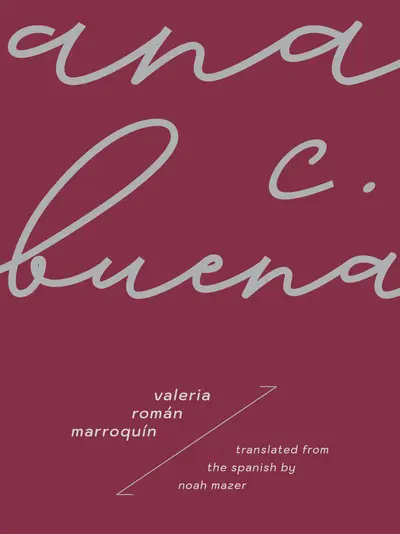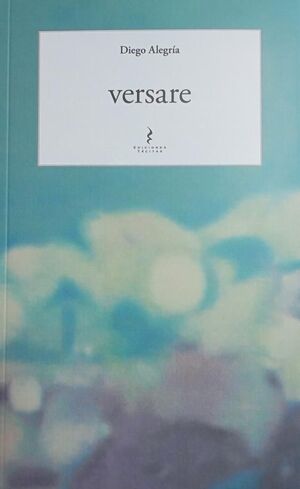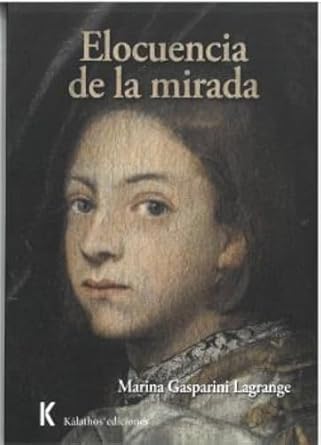Casa transparente. María Luque. Mexico City/Madrid: Sexto Piso. 2017. 123 pages.
 Casa transparente [Transparent house], the new novel from Argentine illustrator María Luque, opens with an apparently simple question: green or black? The protagonist is in a supermarket and the question comes from the lips of a shop attendant. María says “green” and buys a hundred-gram bag. Soon after, she runs into a product promoter who, upon seeing her look at some shampoo, tells her there is a special deal that would allow her to take a bigger bottle, paying just half price. But María is emphatic. She says, “I’d prefer to take the small bottle,” to which the promoter responds, “I don’t think you understood me.”
Casa transparente [Transparent house], the new novel from Argentine illustrator María Luque, opens with an apparently simple question: green or black? The protagonist is in a supermarket and the question comes from the lips of a shop attendant. María says “green” and buys a hundred-gram bag. Soon after, she runs into a product promoter who, upon seeing her look at some shampoo, tells her there is a special deal that would allow her to take a bigger bottle, paying just half price. But María is emphatic. She says, “I’d prefer to take the small bottle,” to which the promoter responds, “I don’t think you understood me.”
But María just smiles and comments, “Yes, I understood you. When I have a house, if I ever have one, I’ll buy the big bottle.”
This is not the first graphic novel by María Luque. She had already wowed us with La mano del pintor [The hand of the painter] (2016), in which the figure of Cándido López visits her and asked her for help. Nor is it the first time that María’s eye has paused over the everyday, over intimate spaces. One need only see her posts on social media (Instagram, Twitter) to witness her fondness for painting bookcases, furniture, rooms. And also museums. And this is how Casa transparente comes to transform into a reflection on the thin line that divides the intimate from the public, the interior from the exterior. Because María looks after the houses of others, for short periods of time. She says, untroubled, to a little girl who asks her why she doesn’t have a house: “Looking after houses is my second job.”
And the novel does not remain still, fixed on a place or a story; rather, it jumps from Rosario to Bariloche, passing through Buenos Aires, Cusco, and Mexico City. The invisible house is, in some way, the house that María imagines and that she must paint and pay for with her drawings, the house that visits her in dreams in the novel’s first pages. But it is also the imagined house, the one she doesn’t know if she will care for in Tucumán (and about which she argues with a friend on a walk through Buenos Aires), or the rolling house she almost shared with a fleeting lover, a hippie boy who went around in it, touring the world. The invisible house is that still unfilled future, but it is also the joy of movement, of transition. The home is, perhaps, that art that manages to fix–on the page, on a wall–the transitory, the happiness of what remains in motion, the precariousness, not necessarily bitter, of an uncertain future.
This novel, winner of the First Ibero-American Cities Prize for Graphic Novel, puts forth living in a house as a meanwhile, a for now, a just in case. And in it there is great beauty. The beauty of María’s brilliant colors, her strokes and apparently simple, but nonetheless immense, drawings; a novel in which the spaces create the people who are in them and also those who are not. For example, at one point, María talks over Skype with the owner of a house she is watching and tells her the faucet doesn’t work right. The owner asks to see it, and María carries the computer to the bathroom so she can help her.
Because to live in a house is also to live from virtuality, to live from screens. And separating oneself from the world can also be a simple gesture: that of unplugging. In the section titled “Bariloche,” for example, María and a group of friends are at a campsite for a few days (their food is running out, and the rain comes through their tent), and one of her friends comments, “I miss Internet. I miss plugging things in.” The group of friends seeks shelter in the city and María, not finding a hotel, spends the night on a bus that has been parked, as part of a protest, in the middle of a plaza.
Another instance of fixed movement. If only for a moment.
In the final section, “México,” María connects the two worlds she has gotten us used to: private worlds and museums. We see Mexico City and her visit to the house of Frida Kahlo. María eagerly comments, passing in front of a mirror, that there the Mexican artist “looked at herself every day.” Intimacy become a museum, a frozen intimacy, but also a moment of different intimacy, of an opportunity for knowledge, of a memory. The friends walk out of a restaurant and, in the street, María asks, “is my house down here?” to which a friend responds, “the hotel is not your house.” But María insists, “This week I live here.”
Lastly, in another of the sections that take place outside of Argentina, in which home living is confused with tourism, entitled “Cusco,” María is offered a stay in a hostel for free; she has to pay by drawing, on a mural, the faces of all the different guests. María gladly accepts, and there she paints all of those who are there, like her, passing through. Then they offer her the chance to stay for a month longer in exchange for helping with breakfast, and Maria accepts so that in the afternoons she can take the time to wander. On these walks, the vendors offer her their products, and the protagonist always says no. At one moment, a woman shouts at her, “At least a key-ring!” And, back at the hostel, her house-for-now, the owner tells her she forgot her keys, to which María responds that they are not hers, that for some time she has been finding keys everywhere. Then the woman says, “If must be the city inviting you to stay.”
Casa transparente is a beautiful novel that reflects on the dynamics—complex, lovely, contradictory—of transition and living in place; the possibilities of constructing the familiar (made up of walks with friends, Skype conversations, vacations) and the freedom to prefer that small bottle, to not want to buy anything more, to not be obsessed with having and consuming, to mark time at one’s pace, to pass through cities without feelings obligated to accept their invitations to stay, to paint the future with whatever colors you choose.
María José Navia
Pontificia Universidad Católica de Chile
Translated by Arthur Dixon







